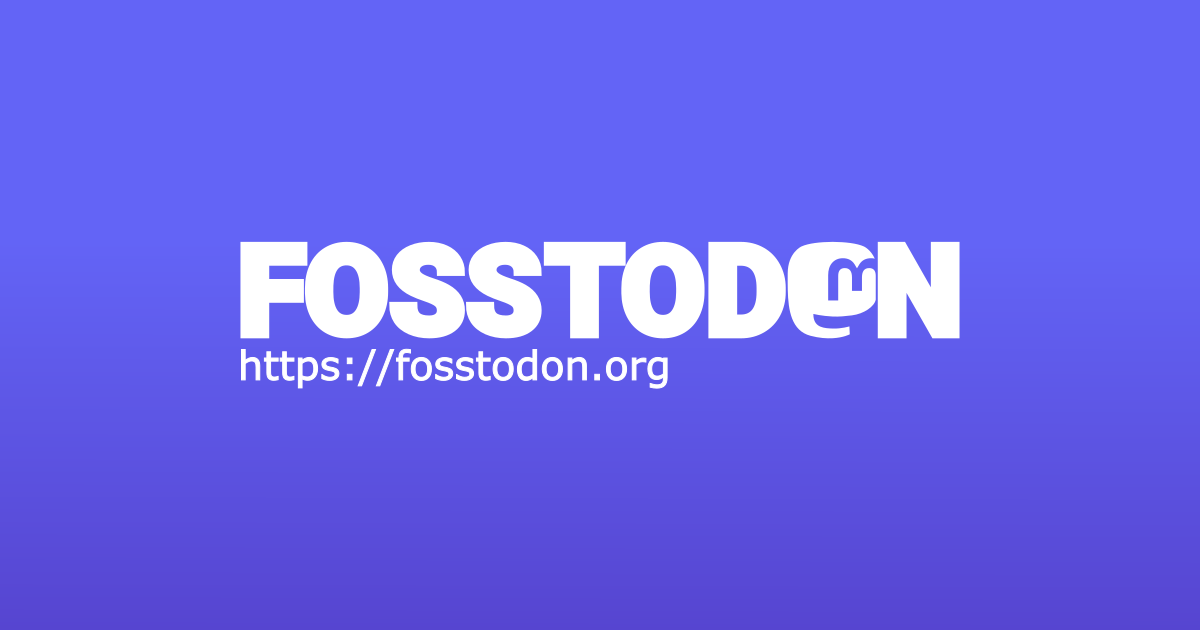I would love to do more #Perl and #RakuLang coding. Have done some Perl over the last couple of weeks again. But what brings me back to #Ruby most of the time is the better #LSP support for my Editor. E.g. renaming variables, code-actions, etc. That's just a superior experience :-( #PerlNavigator and #perltidy are OK, but not perfect.
Will soon publish a new blog post about "Perl new features" and how I used them.

